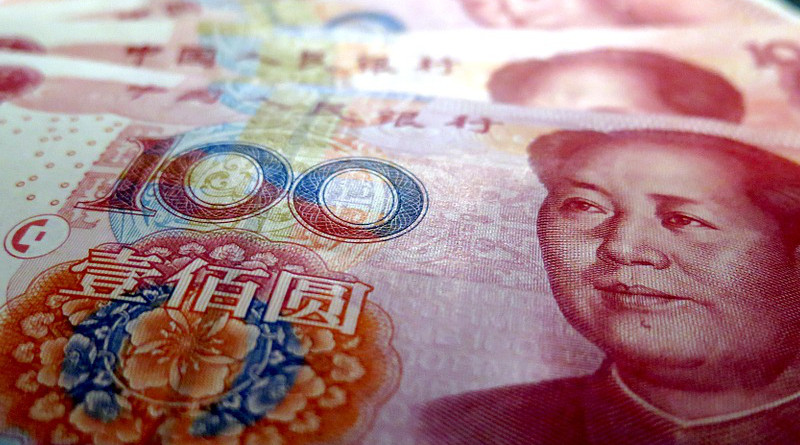Exploring How China Can Help Solve Debt And Environmental Crises
Without substantial debt relief, developing countries – many of which are experiencing mounting external debt crises because of economic consequences of COVID-19 – will face pressure to exploit natural capital to pay short-term debt. This may force them to place conservation and climate change ambitions aside.
To protect the environment and reduce global debt, China – which has emerged as the world’s largest bilateral creditor – could implement “debt-for-nature” and “debt-for-climate” swaps, say B. Alexander Simmons and colleagues in this Policy Forum.
Using data on debt-stressed countries’ climate and biodiversity threats, Simmons and colleagues analyzed opportunities for China to alleviate debt burdens in exchange for debtor nation commitments to climate change mitigation and environmental protection.
They report that several countries under greatest China debt stress show great promise for both debt-for-nature and debt-for-climate swaps, including Angola, Cambodia, Myanmar, and the Solomon Islands, which score highest across simultaneous climate and biodiversity threats and opportunities.
For countries like Senegal, Sudan, and Zimbabwe, where carbon emissions and climate vulnerability are high, debt-for-climate swaps could be prioritized.
Meanwhile, debt-for-nature swaps show greater promise for smaller countries like Fiji and Togo, which have a smaller carbon footprint but have some of the highest concentrations of threatened species and minimal existing protection of their remaining intact landscapes.
“As China is set to host the Conference of the Parties (COP) to the Convention on Biological Diversity (CBD) in 2021, opportunities abound to advance debt swap mechanisms and lead by example in the post-2020 era of conservation,” say the authors.

